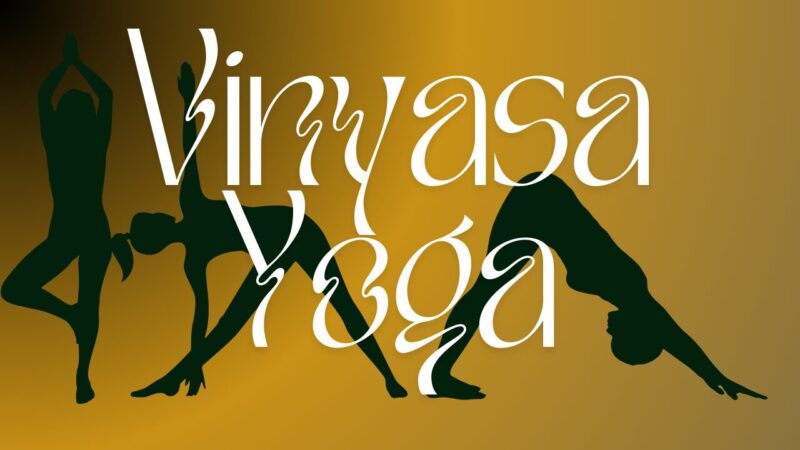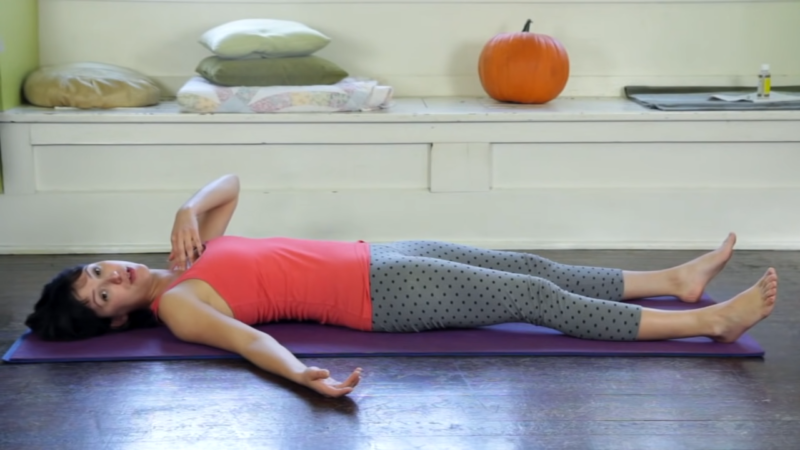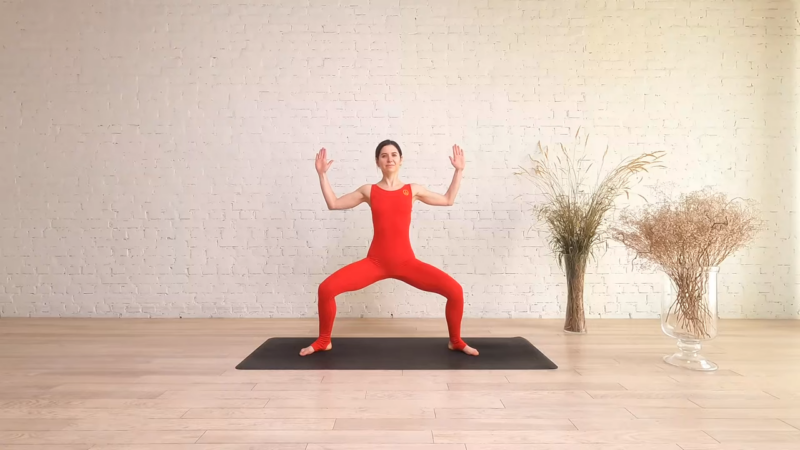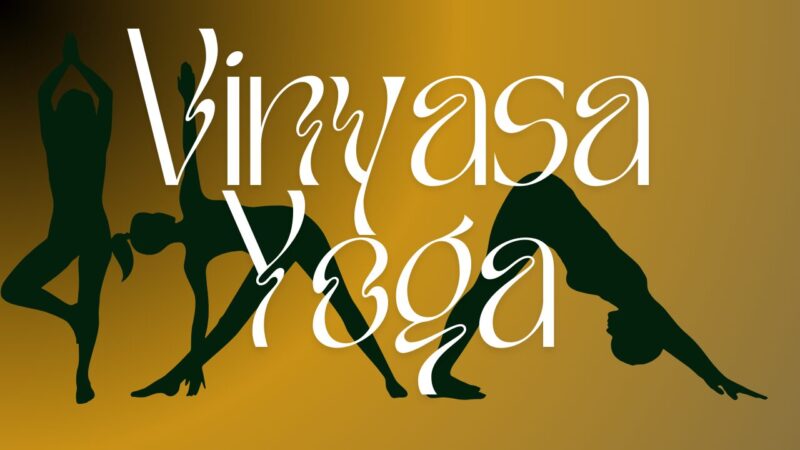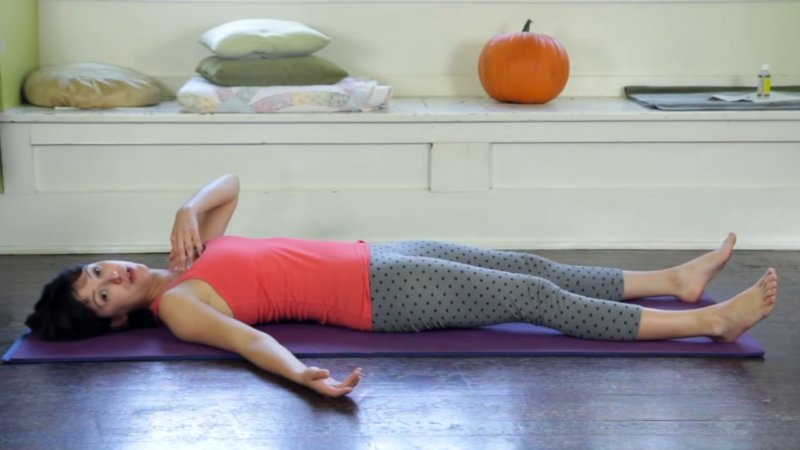
Share Post:
Shavasana, or Corpse Pose, might seem like the easiest part of a yoga session, but it’s actually a lot more important than most people think. It’s the moment when your body gets to rest and recover after the effort you put into other poses.
More than just lying down, it helps relax your mind, lowers stress, and gives you a sense of calm that sticks with you. Some even say it’s the hardest pose because you’ve got to stay present without letting your mind wander off.
Now, why is it necessary? Let’s explore that next.
Physical Relaxation and Recovery
Shavasana is more than just resting at the end of your yoga session. It is a critical pose that enables your body to fully recover from the effort exerted during practice.
Here’s a detailed breakdown:
Muscle Relaxation
When you lie still in Shavasana, your muscles get the chance to relax completely. During physical activity, muscles build up tension, and without proper relaxation, this can lead to stiffness and soreness. Shavasana releases that tension by encouraging your muscles to stop contracting.
Improved Circulation
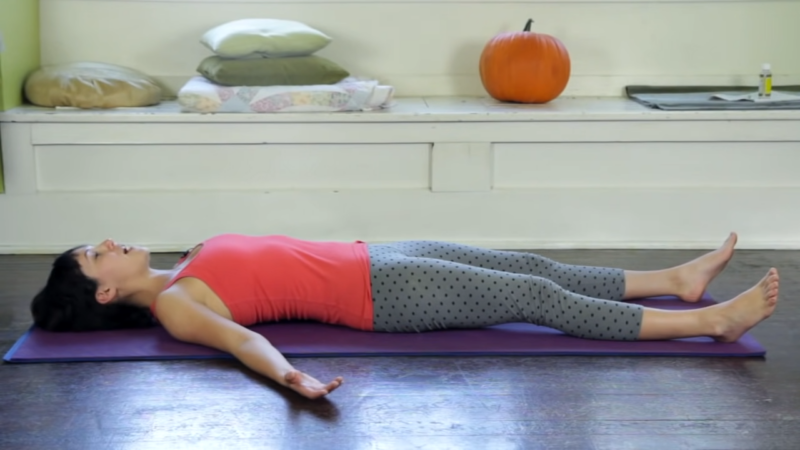
Shavasana helps to improve circulation, which is vital for muscle recovery. The stillness of the pose lets your heart rate drop, making it easier for blood to flow throughout the body. Improved circulation speeds up the delivery of oxygen and nutrients to your muscles, helping them recover from the physical strain of yoga.
That prevents muscle stiffness and promotes faster healing, leaving you feeling more refreshed after practice. It also benefits the heart by giving it a moment to recover after the intensity of your workout.
Lowering Blood Pressure
Shavasana activates your parasympathetic nervous system, also known as the “rest and digest” system. This reduces your heart rate and lowers blood pressure, helping your body calm down after the physical exertion.
For individuals dealing with stress or high blood pressure, this is especially important, as it creates a calming effect that extends beyond the practice itself.
Aspect
Importance for Long-Term Recovery
Muscle Tension Release
Releases deep muscle tension built up during active poses, helping maintain muscle health and flexibility.
Improved Circulation
Enhances circulation, allowing for faster recovery and muscle repair by delivering more oxygen and nutrients to tissues.
Blood Pressure Regulation
Lowers blood pressure, promoting a relaxed state that supports cardiovascular health and overall well-being.
Prevention of Muscle Stiffness
Prevents muscle stiffness and soreness, making it easier to continue with regular yoga practice and physical activities without discomfort.
Also, learn more about the Goddess Pose.
Mental Calm and Focus
Shavasana plays a key role in helping your mind settle after a yoga session. While physical relaxation is important, the mental calmness it offers is equally valuable. This pose allows you to bring your mind to a state of stillness and clarity, which can be difficult to achieve in the fast-paced world we live in.
Mental Stillness
During Shavasana, your mind has the opportunity to disconnect from distractions. It encourages mindfulness, where you focus on your breath and body, helping you clear your mind of wandering thoughts.
Enhances Focus
Incorporating Shavasana into your routine can also improve your focus. By practicing mental stillness, your brain becomes better at filtering distractions. This can lead to enhanced concentration in both your yoga practice and other areas of life, such as work or personal tasks.
Reduces Stress and Anxiety
Shavasana is one of the most effective yoga poses for reducing stress and anxiety. By entering a state of deep relaxation, the body shifts from the fight-or-flight response to the rest-and-digest state, calming both the body and mind.
Activates the Parasympathetic Nervous System
When you practice Shavasana, your parasympathetic nervous system, which is responsible for relaxation, takes over. This slows down your heart rate and reduces the production of cortisol, the stress hormone.
Lowering Cortisol Levels
Studies show that regular practice of Shavasana can significantly reduce cortisol levels, which are linked to stress and anxiety. High levels of cortisol over a long period of time can lead to various health problems such as high blood pressure, weight gain, and trouble sleeping.
By lowering cortisol, Shavasana improves your overall mental and physical well-being, helping you feel more balanced in your day-to-day life.
Improves Emotional Balance
In addition to reducing physical stress, Shavasana also helps with emotional balance. By calming the mind and reducing mental chatter, it allows you to process emotions more effectively.
| Benefit | Description |
|---|---|
| Lowers Cortisol Levels | Reduces the hormone responsible for stress, promoting a more relaxed state of mind and body. |
| Calms the Nervous System | Helps reduce anxiety by activating the parasympathetic nervous system, which promotes relaxation and calmness. |
| Improves Stress Management | Enhances the ability to cope with stress, making it easier to stay composed and resilient under pressure. |
| Facilitates Emotional Release | Provides a healthy outlet for processing and releasing emotions, aiding in emotional balance and mental clarity. |
Enhances Mind-Body Connection
@cathymadeoyoga Like any yoga posture, savasana has alignment that can help facilitate deeper opening and flow of energy (prana) throughout your body for a deeper experience. If you don’t have a teacher or partner to do it, you can align yourself! Here’s how: ✨ allow your feet to spread apart from each other as wide as the mat. Most feet will splay outward- let them! This position of the legs and feet allow for optimal opening of the hip joint in this position and keep your sacral chakra in harmony ✨ likewise move your arms away from your torso they will go off the mat. Palms face upward. Your fingers will naturally curve in toward your palms- let them! ✨ most people lay down with their chest closed, shoulder blades away from spine and arms rolling in toward chest. Do the opposite! Lift your chest up slightly in order to snuggle your shoulder blades in toward the spine. This will keep the chest and heart center open as well as stretch the pecs ✨ Reach the crown of your head up so your neck is long you want your chin right over your sternum if it’s sticking up place your head on a blanket ✨ soft expression in the face corners of the mouth turn slightly up Savasana’s benefits include: ✨Accessing parasympathetic nervous system for relaxation ✨Gateway to meditation and mindfulness ✨Allows your neuromuscular body to absorb the Asana practice While it’s great to give any length of savasana it takes about 4 minutes for your body to settle – that means the deeper layers of savasana don’t really begin until then, so if you can, give yourself or your students 8 mins! Thanks to 300 hour Cathy Madeo Yoga teacher training alumni @myplankfullife for being the yoga model in this video🫶🏽 @Seneca | Weightlifting Yogi
Shavasana is more than just physical relaxation. It strengthens the mind-body connection, helping you become more aware of how your body and mind interact.
Promotes Mindfulness
While lying still, Shavasana encourages you to focus entirely on the present moment, tuning into your breath and body sensations. This mindfulness improves awareness, helping you better understand how your body responds to stress, tension, or relaxation.
Encourages Self-Awareness
Through the stillness of Shavasana, you learn to listen to your body more closely. This self-awareness can highlight physical tension or discomfort you didn’t notice before.
Integrating the Benefits of Yoga
Shavasana allows your body and mind to absorb the benefits of the yoga practice as a whole. By staying still and present, you give your body the chance to process what it has experienced.
Key Benefits of Enhanced Mind-Body Connection
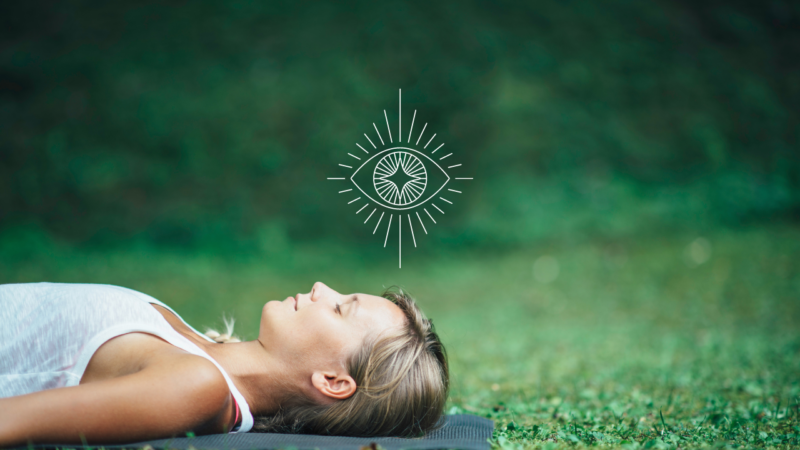
| Key Benefit | Description |
|---|---|
| Increases Mindfulness | Enhances the ability to stay focused and calm, improving concentration and presence in daily activities. |
| Enhances Self-Awareness | Allows for a deeper understanding of your body’s needs, enabling more effective responses to physical and emotional cues. |
| Maximizes Yoga Benefits | Helps you fully engage in yoga practice, leading to improved physical and mental outcomes. |
| Strengthens Emotional Regulation | Improves ability to manage emotions and stress, contributing to overall mental resilience and well-being. |
Improves Sleep Quality
Reduces Restlessness
Many people struggle with restlessness and racing thoughts when they try to sleep. Practicing Shavasana helps calm the mind by slowing down the body’s nervous system, allowing for deep relaxation. This makes it easier to fall asleep faster and stay asleep longer, as the body and mind are more at ease after practicing this pose.
Enhances Deep Breathing

Shavasana encourages slow, deep breathing, which triggers the relaxation response in your body. This type of breathing is crucial for improving sleep quality because it promotes a state of calm that is necessary for deeper, uninterrupted sleep.
Long-Term Sleep Benefits
Studies have shown that regular practice of Shavasana can help those with insomnia or sleep difficulties by reducing the physical and mental barriers that often interfere with sleep. By lowering stress levels and quieting the mind, this pose helps individuals experience more restorative sleep on a regular basis.[/su_note]
Key Sleep Benefits
Symbolic Letting Go and Emotional Release
Shavasana, often referred to as Corpse Pose, holds deep symbolic significance beyond just physical relaxation. It represents the idea of letting go and accepting stillness, helping practitioners release emotional and mental tension. This symbolic release plays a crucial role in emotional well-being.
Letting Go of Control
By practicing this release, you train yourself to let go of stressors, worries, and emotional burdens that you may carry throughout your day. This process helps lighten the emotional load and promotes a more balanced mental state.
Emotional Release
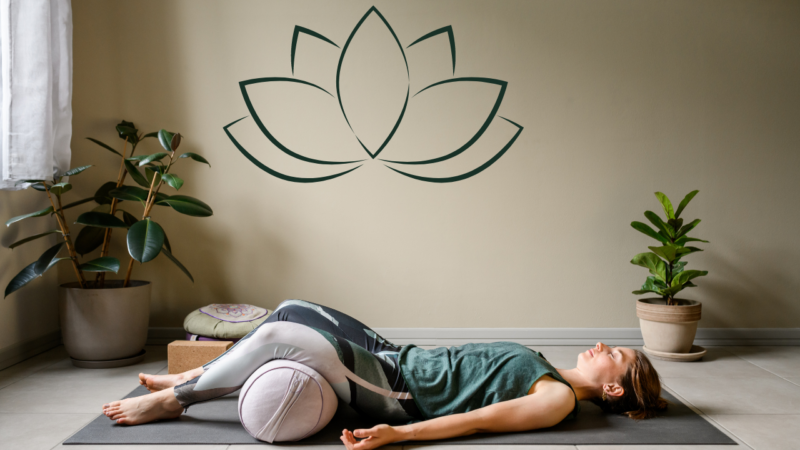
Shavasana provides a space where emotions can surface and be processed. As the body relaxes, mental barriers that often block emotions are lowered, allowing you to experience emotional release.
Facing Mortality and Finding Peace
Shavasana is sometimes called “Corpse Pose” because it symbolically represents the end—both of the yoga session and of life’s constant activity. This connection to mortality may help practitioners come to terms with the idea of letting go at the end of life, bringing peace and reducing the fear of death.
Key Benefits of Symbolic Letting Go
- Helps release emotional burdens and mental tension.
- Encourages acceptance of things beyond your control.
- Provides a safe space for emotional release, leading to better emotional balance.
- Reduces the fear of death and promotes a sense of peace.
FAQs
Last Words
Mentally, it promotes calmness, focus, and emotional balance, making it a key tool for reducing stress and anxiety. Beyond relaxation, Shavasana deepens the mind-body connection, improves sleep quality, and even encourages emotional release through its symbolic letting go.





